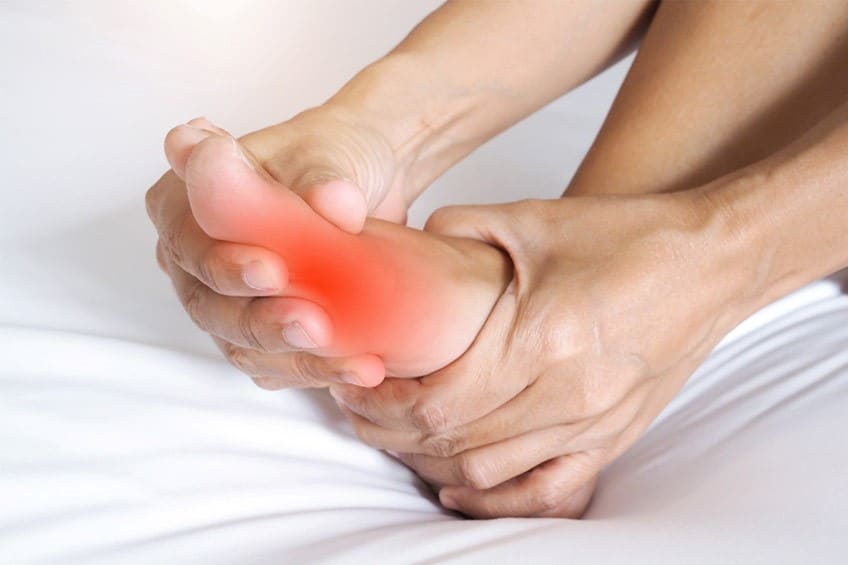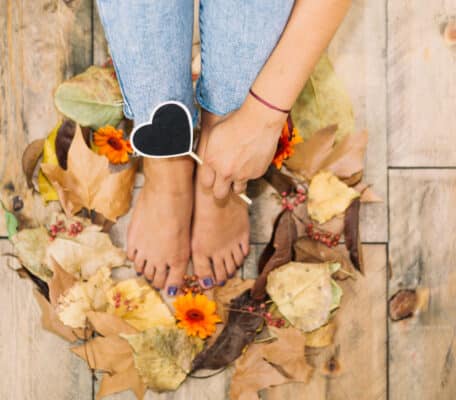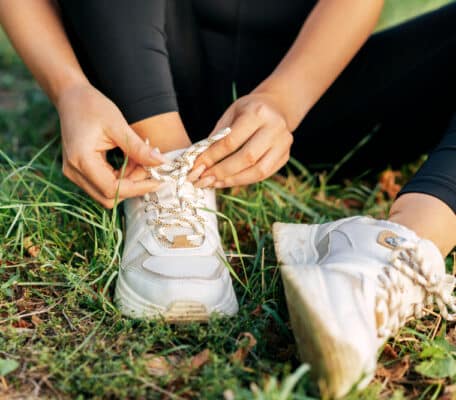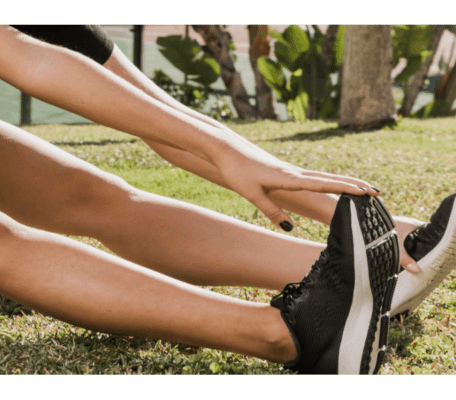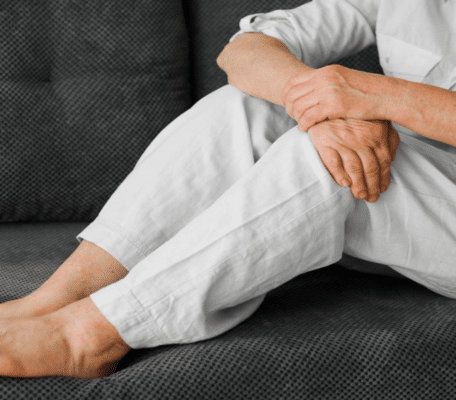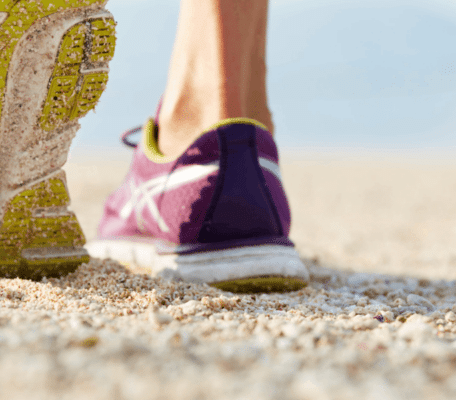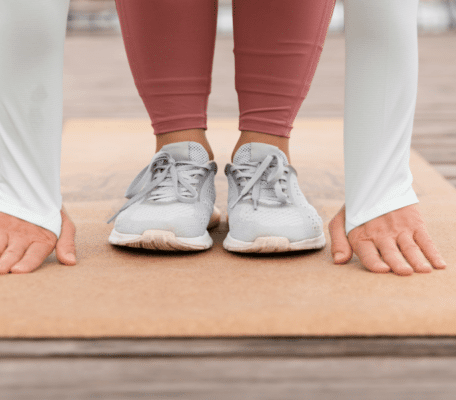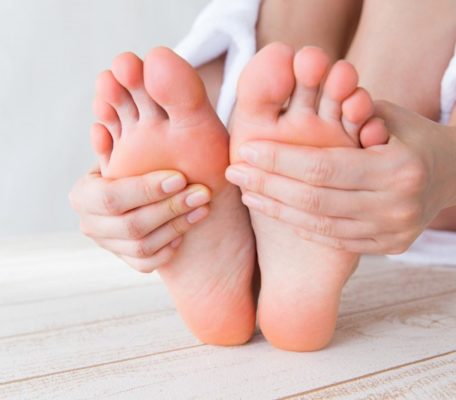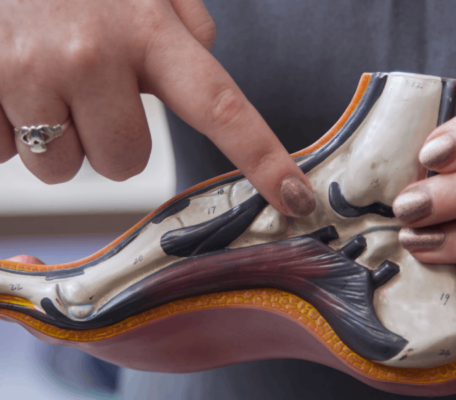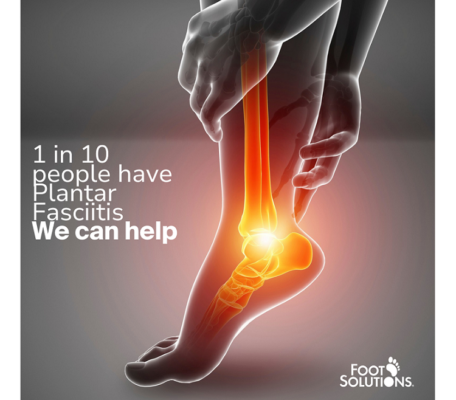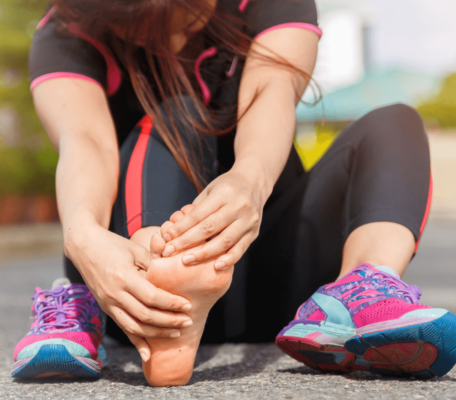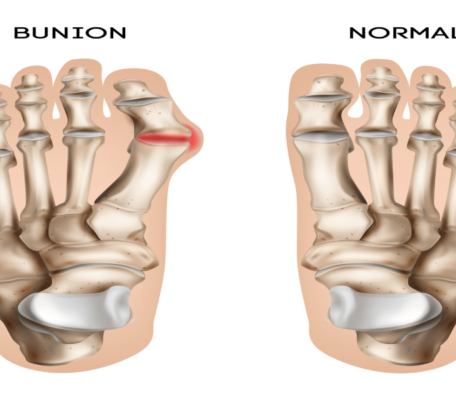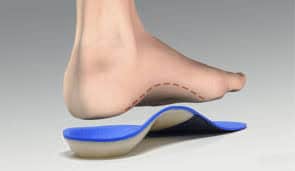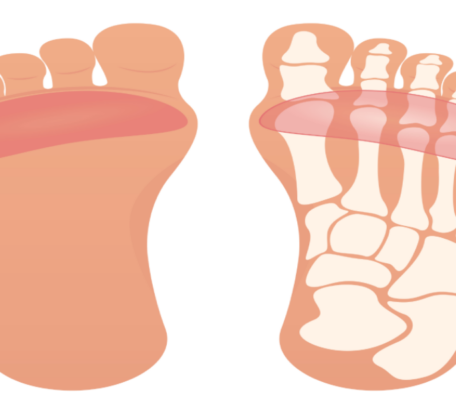Living With A Bunion – What you need to know
A bunion can initially seem like a minor irritation, but the problem can escalate into a foot deformity that can require surgery and cause ongoing health issues. If you have bunion pain, or foot problems that lead you to think you may develop bunions, it’s important to learn about the condition and take appropriate action to prevent bunions from getting worse.
Your first step towards better foot health should be to visit a foot specialist. They will be able to assess your feet, including any bunion foot symptoms, and advise you on the best treatments available.
Here at Foot Solutions, we are experts in all things feet. We believe good health begins at your toes, and without feeling great from the ground up, your overall wellbeing will be negatively impacted. With years of experience in treating all kinds of foot problems, we can help you ease bunion pain and find the solutions you need to get you back on your feet. Here is our guide to living with a bunion.
What is a bunion?
A bunion is a deformity that occurs on the big toe joint. It is also known as an hallux valgus. The base of the big toe joint swells, creating a painful lump. This can limit movement of the big toe, compress the other toes, and cause swelling and redness around the skin and joint at the base of the big toe. Corns and calluses can be created where the big toe pushes against the other toes, and it can make the overall foot very painful.
Once a bunion has developed, it can have major consequences for foot health. Impacts can include the big toe pointing in the wrong direction, swollen skin and deformity of the foot shape.
Ultimately, a bad bunions symptoms can have a disastrous affect on your overall health, causing walking to be very painful and limiting an active lifestyle.
What causes a bunion?
Bunions often run in families, so there is a genetic predisposition that makes some people more likely to develop the condition.
However, there are also various contributing lifestyle factors. Poorly fitting shoes, styles such as high heels, and other conditions such as rheumatoid arthritis can all aggravate bunions.
Those who have more flexible joints and loose ligaments are also more at risk of bunions, and medical diagnoses such as connective tissue disorders and neuromuscular problems are likely to indicate that bunions could develop.
How can I get rid of my bunion?
The only way to get rid of a bunion is through surgery, which most doctors and podiatrists will agree should be a last resort. Surgery is a major undertaking which would require weeks of rest and recovery. You would not be able to drive for some time, and wouldn’t be able to play sports or walk long distances for months.
After surgery, your toes still may not be perfectly straight, and bunions can come back even after surgery. So most foot specialists would advise adopting a lifestyle to ease discomfort and minimize damage to the affected joint.
How can I relieve pain from my bunion?
If you are suffering with bunions, don’t panic. There are various ways you can reduce bunion pain and minimize foot symptoms.
- Simple pain killers are a good place to start to treat mild pain. Bunion pads can also relieve pressure on the toe joint when a bunion develops.
- Resting your feet is always important, and in the case of a painful bony bump like a bunion, using an ice pack or frozen peas wrapped in a tea towel to calm inflammation can really help.
- Maintaining a healthy weight can have many fantastic health benefits, not least reducing pressure on the toe bone which in turn can help stop bunions from getting worse. To lose weight, ensure you eat a balanced diet, and consider ways in which you can make your lifestyle more active.
- Your shoes play a vital role in promoting foot health. If you suffer from bunions, wear wide shoes with no heel or only a low heel, and avoid high heels and narrow shoes. Comfortable shoes can make a huge difference to your bunion pain.
Will I need bunion surgery?
Bunion surgery is very much a last resort option. With long recovery times and the possibility that your bunion will simply grow back, most foot and ankle surgeons would advise that, in all but the worst cases, surgery should be avoided.
What other kinds of treatments are available for bunions?
Foot experts will always treat each case individually, catering treatment unique for you. You should seek advice from a specialist who understands foot mechanics, and they will be able to assess your feet. There are many options such as toe supports, toe spacers, shoe inserts, soft pads, and other bespoke orthotics, all of which could potentially relieve pain.
For ongoing pain, your doctor may prescribe you cortisone injections.
Can I still wear nice shoes when I have a bunion?
While it is wise to avoid shoes that exacerbate bunions, this doesn’t condemn you to a life of ugly shoes! Visit a specialist such as Foot Solutions, who will be able to fit you out with shoes to support your specific foot structure. From athletic shoes to smart formal wear, Foot Solutions has a wide range of fashionable footwear that will also care for your foot health.
Can Foot Solutions help me live with my bunions?
While you may have to come to terms with living with your bunions, Foot Solutions can help make wearing shoes a pleasure again. Not only does our stylish range of footwear support the health of your feet, but our teams of friendly experts can tailor our service to meet your needs. Whether you have bunions (hallux valgus), big toes or smaller toes, stiff joints, swollen skin, pain in your toe bone or big toe, or problems with your second toe, Foot Solutions can help. From toe spacers to bunion pads, come to Foot Solutions for health that starts from the ground up.

